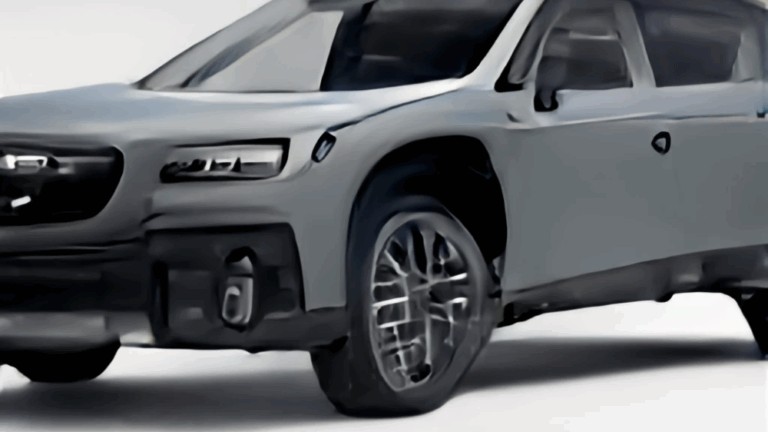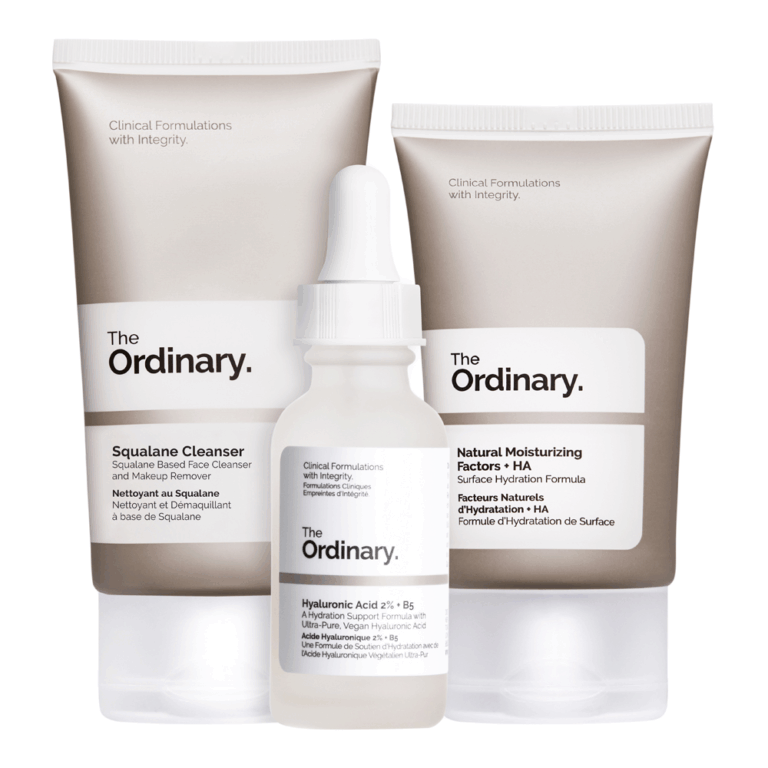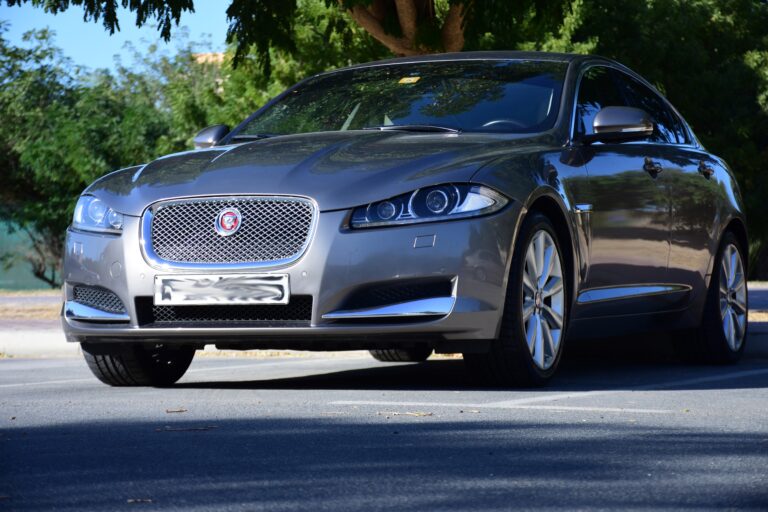Least Reliable Car Brands: Navigating the Minefield of Automotive Ownership
Least Reliable Car Brands: Navigating the Minefield of Automotive Ownership cars.truckstrend.com
In the complex world of automotive ownership, few factors weigh as heavily on a potential buyer’s mind as reliability. A car isn’t just a mode of transport; it’s a significant financial investment, a tool for daily life, and often, a source of personal pride. But when that investment proves to be a money pit of constant repairs, breakdowns, and frustrating downtime, it quickly transforms into a significant liability. Understanding "least reliable car brands" isn’t about shaming manufacturers; it’s about empowering consumers with the knowledge to make informed decisions, protect their finances, and ensure their vehicle genuinely serves their needs without becoming a persistent headache.
This comprehensive guide delves into what defines a less reliable car brand, how to identify them, the hidden costs involved, and practical strategies to avoid falling victim to an unreliable purchase. Our aim is to provide a detailed roadmap for navigating the often-murky waters of automotive reliability, ensuring your next car purchase is a source of satisfaction, not regret.
Least Reliable Car Brands: Navigating the Minefield of Automotive Ownership
Understanding Car Reliability: More Than Just Breakdowns
Before we label any brand as "least reliable," it’s crucial to define what reliability truly entails. It’s not merely about whether a car starts every morning, but a multifaceted concept encompassing:
- Frequency of Repairs: How often does the vehicle require unscheduled maintenance or repairs beyond routine servicing?
- Cost of Repairs: When issues do arise, how expensive are the parts and labor? Are they common or specialized?
- Severity of Issues: Are the problems minor annoyances (e.g., infotainment glitches) or major mechanical failures (e.g., transmission issues, engine problems)?
- Owner Satisfaction: Do owners generally report a positive experience, or are they frustrated by recurring problems and dealership experiences?
- Breakdown Rate: How often do vehicles from a particular brand or model year leave owners stranded?
- Durability and Longevity: How well does the car hold up over time and high mileage?

Key metrics and sources of data are vital for assessing reliability. Independent organizations like Consumer Reports, J.D. Power, RepairPal, and TrueDelta meticulously collect data from millions of vehicle owners, providing invaluable insights into common issues, repair costs, and overall owner satisfaction. Distinguishing between a genuine design flaw, a manufacturing defect, or simply poor owner maintenance is also crucial in understanding a vehicle’s true reliability profile.
Common Characteristics of Less Reliable Brands
While no brand sets out to build an unreliable car, certain tendencies and challenges can lead to lower reliability scores across a manufacturer’s lineup. These often include:
- Complex, Unproven Technology: Brands that rapidly integrate cutting-edge, untested technologies (especially in infotainment, hybrid systems, or advanced driver-assistance systems) can experience more initial bugs and failures. While innovative, these features can be costly to repair if they malfunction.
- Poor Quality Control During Manufacturing: Inconsistent assembly processes, use of lower-quality components, or inadequate testing can lead to a higher incidence of defects right off the production line.
- Lack of Readily Available Parts or Specialized Repair Knowledge: For some brands, especially those with limited market presence or highly specialized engineering, obtaining replacement parts can be slow and expensive. Furthermore, not all mechanics may have the necessary expertise or tools to properly diagnose and fix issues, leading to higher labor costs at dealerships.
- High Maintenance Costs and Specific Recurring Issues: Even if a brand isn’t constantly breaking down, if its routine maintenance is exceptionally expensive, or if it’s known for specific, costly recurring issues (e.g., oil leaks, suspension problems, electrical gremlins), it can quickly drain an owner’s wallet.
- Lower Owner Satisfaction Scores: A direct reflection of the ownership experience, low satisfaction often correlates with frequent trips to the service center, unexpected costs, and a general feeling of frustration.
- Frequent Recalls (with caveats): While recalls are a sign that a manufacturer is addressing safety or quality issues, a consistently high volume of recalls, especially for serious mechanical problems, can indicate underlying design or manufacturing weaknesses. Conversely, a brand that proactively issues recalls can also be seen as responsible, so context is key.
Identifying Least Reliable Car Brands: A Practical Guide for Consumers
For consumers, the key is not just knowing which brands might be less reliable, but how to identify them through diligent research.
-
Research Independent Reliability Surveys:
- Consumer Reports: Their annual auto reliability survey is a gold standard, collecting data from hundreds of thousands of owners on specific problem areas. They provide detailed brand and model rankings.
- J.D. Power: Their Vehicle Dependability Study (VDS) measures problems experienced by original owners of three-year-old vehicles. Their Initial Quality Study (IQS) looks at problems in the first 90 days of ownership.
- RepairPal: Offers data on average repair costs and frequencies for specific models.
- TrueDelta: Provides granular reliability data based on owner-submitted repair histories.
-
Read Owner Reviews and Forums: Real-world experiences are invaluable. Websites like Edmunds, Kelley Blue Book, and brand-specific enthusiast forums offer unfiltered insights into common complaints, recurring issues, and overall satisfaction. Look for patterns, not isolated incidents.
-
Check Recall Databases: The National Highway Traffic Safety Administration (NHTSA) website provides a comprehensive database of vehicle recalls. While a recall doesn’t always mean unreliability, a high number of significant recalls for a specific model year can be a red flag.
-
Consult Mechanics: Your local, trusted mechanic likely sees a wide variety of vehicles. Ask them about the common issues they encounter with specific brands or models, and which cars they dread seeing come into the shop. Their hands-on experience is incredibly insightful.
-
Consider a Pre-Purchase Inspection (PPI): Especially for used cars, a PPI by an independent mechanic can uncover existing issues or warning signs that might indicate future problems. This small investment can save you thousands down the line.
-
Test Drive and Pay Attention to Details: During a test drive, listen for unusual noises, check all electronics, and pay attention to how the car feels. Don’t rush the process.
The Hidden Costs of Unreliability
The sticker price of a car is just the beginning. For less reliable vehicles, the "total cost of ownership" can skyrocket due to various hidden expenses:
- Direct Repair Costs: This is the most obvious. Parts and labor for unexpected breakdowns can quickly accumulate, turning a "bargain" purchase into a financial drain.
- Downtime and Inconvenience: When your car is in the shop, you might need to pay for rental cars, rely on ride-sharing services, or face significant disruption to your daily routine (missed work, missed appointments).
- Depreciation and Lower Resale Value: Less reliable cars tend to depreciate faster and command lower prices on the used car market. Future buyers are aware of reliability ratings, and a poor reputation will impact what they’re willing to pay.
- Increased Insurance Premiums: While not always direct, cars with a higher claim rate (due to frequent breakdowns or accidents linked to component failure) can sometimes see higher insurance premiums.
- Stress and Frustration: Beyond the financial burden, the emotional toll of owning an unreliable vehicle can be significant. Constant worry, unexpected breakdowns, and arguments with service departments take a toll on mental well-being.
Navigating the Landscape: Tips for Buyers
Even if a brand generally scores lower on reliability, it doesn’t mean every car from that brand is a lemon. Similarly, a highly-rated brand can still produce a problematic model. Here’s how to make a smart choice:
- Prioritize Proven Reliability: If long-term cost of ownership and peace of mind are your top priorities, lean towards brands and models consistently at the top of reliability surveys.
- Understand Model-Specific Reputations: Reliability can vary wildly even within the same brand. A brand might have one highly reliable model and another that’s a known problem child. Always research the specific model and model year you’re considering.
- Consider Certified Pre-Owned (CPO) Programs: For used cars, CPO vehicles often undergo rigorous inspections and come with extended warranties backed by the manufacturer, offering an extra layer of protection, especially for brands that might otherwise have a mixed reliability record.
- Budget for Potential Repairs: Regardless of reliability ratings, all cars eventually need repairs. For models with a known propensity for issues, set aside a larger emergency fund specifically for car maintenance.
- Maintain Your Vehicle Diligently: Even the most reliable car can become unreliable with poor maintenance. Follow the manufacturer’s recommended service schedule rigorously.
- Extended Warranties: When They Make Sense: For brands or models known for complex and potentially costly repairs (e.g., European luxury cars, some advanced hybrids), an extended warranty might offer peace of mind. However, read the fine print carefully to understand what’s covered and what’s not.
Addressing Potential Challenges and Misconceptions
- "Luxury brands are always unreliable": This is a common misconception. While luxury cars often integrate more complex technology and use specialized, expensive parts (making repairs costly), many luxury brands are highly reliable. The cost of repair is often mistaken for a lack of reliability.
- "New models are always risky": While first-year models can sometimes have "teething issues" as manufacturers iron out design and production kinks, many new models are highly reliable from the outset. Research is key.
- "Recalls mean a brand is bad": Not necessarily. A recall means the manufacturer has identified an issue and is proactively addressing it. It can be a sign of a responsible company, especially if they are transparent and fix the problem effectively. A brand that doesn’t recall known issues is far more concerning.
- The difference between a brand being unreliable and a specific model having issues: It’s rare for an entire brand to be universally unreliable across its entire lineup and all model years. Often, it’s specific models or particular engines/transmissions within a brand’s portfolio that suffer from reliability issues.
Table: Common Characteristics and Potential Costs Associated with Less Reliable Car Brands (Illustrative Examples)
This table provides illustrative examples of car brands that have, at various times or in certain model years, been cited in reliability surveys for lower-than-average scores or higher repair costs. It is not a definitive, exhaustive list, as reliability is dynamic and varies by model and year. Always consult current, independent reliability data for specific vehicles.
| Brand Category/Type | Common Reliability Characteristics Often Cited | Potential Annual Repair Costs (Illustrative Range) | Typical Issues Reported | Key Considerations for Buyers |
|---|---|---|---|---|
| Brands with Complex/New Tech | Rapid adoption of unproven tech; software glitches; electrical system issues. | $600 – $1500+ | Infotainment freezing, sensor failures, complex hybrid system malfunctions, advanced driver-assistance system glitches. | Research specific model year reviews; extended warranties might be valuable; budget for higher potential repair costs. |
| Brands with Historical Quality Issues | Inconsistent manufacturing; known component failures; recurring design flaws. | $500 – $1200+ | Engine oil leaks, transmission failures, suspension component wear, power window regulators, A/C system issues. | Thorough pre-purchase inspection; check recall history; prioritize models with proven track record or later revisions. |
| Brands with Expensive Parts/Specialized Labor | High cost of proprietary parts; limited independent mechanic options; specialized tools required. | $700 – $2000+ | Any repair tends to be costly due to parts/labor; specific issues vary by brand (e.g., air suspension, complex electronics). | Factor in higher maintenance/repair budget; consider CPO for warranty; research parts availability in your area. |
| Brands with High Depreciation (due to perceived unreliability) | Poor resale value; higher total cost of ownership; hard to sell later. | (Repair costs vary, but compounded by depreciation) | Similar to others, but compounded by market perception. | Be aware of long-term financial impact; if buying used, can be a "bargain" but plan for repairs. |
Note: These are generalized categories and illustrative costs. Actual reliability and repair costs vary significantly based on specific model, model year, maintenance history, and individual driving habits.
Frequently Asked Questions (FAQ)
Q1: Which are the absolute least reliable car brands?
A1: There isn’t a single, definitive "least reliable" list that remains constant. Reliability ratings fluctuate annually based on new models, technological changes, and survey methodologies. Brands that have historically scored lower in major reliability surveys (like Consumer Reports or J.D. Power) in certain years might include some domestic brands with specific problematic models, or some brands known for rapid technology adoption. Always consult the most recent reliability studies from independent sources for the most current data.
Q2: Do luxury cars cost more to repair because they are less reliable?
A2: Not necessarily. While luxury cars often have more complex systems and use higher-end, proprietary parts, which makes repairs more expensive, it doesn’t automatically mean they are less reliable. Many luxury brands score well on reliability surveys. The higher cost of ownership for luxury vehicles often stems from the cost of parts and specialized labor, rather than a higher frequency of breakdowns.
Q3: Is it always bad to buy a car from a brand cited for lower reliability?
A3: Not always. It depends on your budget, risk tolerance, and commitment to maintenance. Sometimes, cars from less reliable brands can be purchased at a significant discount on the used market. If you’re willing to budget for potential repairs, can find a good independent mechanic, and are diligent with maintenance, it might be a viable option. However, for peace of mind and lower long-term costs, more reliable brands are generally a safer bet.
Q4: How much more do less reliable cars cost in repairs annually?
A4: This varies wildly, but it can be substantial. A highly reliable car might cost a few hundred dollars annually in unscheduled repairs, while a less reliable one could easily cost $1,000-$2,000 or more annually, not including routine maintenance. Major component failures (e.g., transmission, engine) can incur costs of several thousand dollars in a single incident.
Q5: Can good maintenance overcome poor reliability?
A5: Good maintenance is crucial for any car’s longevity and can certainly mitigate some issues. However, it cannot completely overcome inherent design flaws or manufacturing defects. While diligent servicing can prevent many problems, it won’t fix a fundamentally weak engine design or a problematic transmission.
Q6: Does a recall mean a car is unreliable?
A6: Not necessarily. A recall means the manufacturer has identified a safety or defect issue and is taking action to fix it. While a high volume of serious recalls for a specific model can be a red flag, a single recall doesn’t brand a car as unreliable. In fact, a company that promptly recalls and fixes issues can be seen as more responsible than one that tries to hide problems.
Conclusion
Navigating the landscape of car reliability can feel daunting, but armed with the right information, consumers can make choices that safeguard their finances and enhance their ownership experience. Understanding what constitutes reliability, knowing where to find credible data, and being aware of the hidden costs of an unreliable vehicle are crucial steps. While no car is entirely maintenance-free, prioritizing brands and models with a strong track record of dependability can save you significant money, time, and stress in the long run. By choosing wisely, you ensure your vehicle remains a reliable partner on the road, rather than a persistent drain on your resources and peace of mind.




